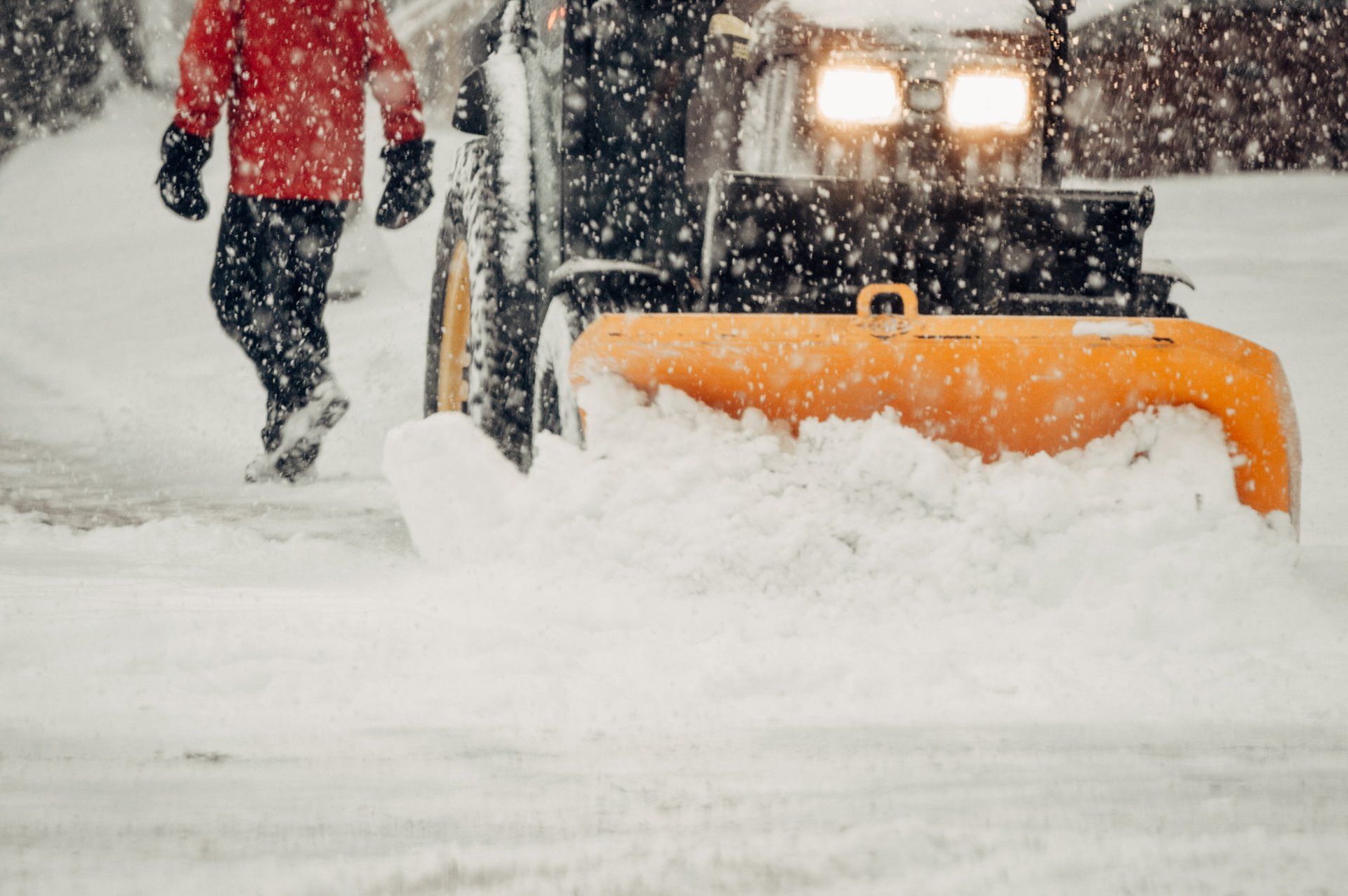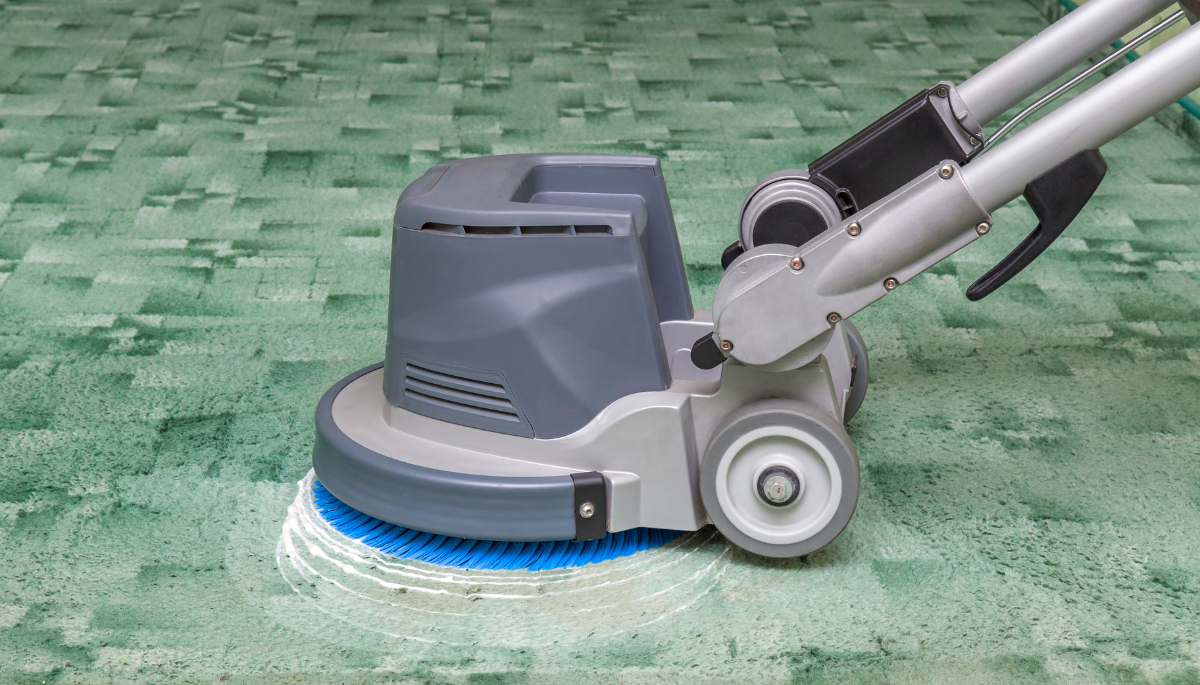Winter Work to be Done
Winter is here...now what to do?
Winter is here. Now what to do? For the landscaper, there’s still plenty to do out there. If we’re not working on cleaning up a snow or ice storm, there’s always holiday lights to take down and store for the season, pruning and landscape beds to be cleaned up, removing those persistent leaves around the property and working on equipment to prepare for the coming spring. It’ll be here before you know it.
Here’s a few tidbits of info on winter projects you may be working on as well:

Tree & Shrub Care
With temps below freezing and a dry December behind us, you may see some winter desiccation (injury) on your ornamental plants. Extended dry periods can really dehydrate your plants and in a worst-case scenario the plants can experience some “winter kill.” Watering when the ground is not frozen may be a good idea for your more sensitive trees and shrubs. I’ve got some new trees that I’m still watering to keep from having to replace them in the spring.
Now that it’s winter and we’ve had a good freeze, your plants should be fairly well “hardened off” and ready for pruning. Some species require pruning later in the spring or even over the summer. Might do some research on your plants before you start making cuts! You can prune to manage size, create shape, remove dead plant material and to also rejuvenate your shrubs by cutting them back a bit more aggressively. Prune to train your trees to grow away from your house and roof to prevent damage with the next storm that blows through. Keep in mind – Once you’ve made the cut, you can’t take it back!

Rodent Patrol
Wildlife often move indoors for the winter. Mice and voles often find their way into the house in search of food and shelter. They can squeeze through a hole as small as the diameter of a #2 pencil. That’s crazy! Aside from seeing critters scurrying about, you can often hear them scratching or moving about after dark or see droppings and chew marks on dry good materials. Plug any and all holes to limit their access points with caulk, steel wool, copper mesh, expandable foam or whatever material best suits the size, type and placement of the hole you’re working on. If mice make you a bit squeamish, you might call on a pest professional.

Snow & Ice Management
If you’re out there snow blowing or shoveling your drive and walks, please be careful. A slip and fall on a patch of ice can really set you back. I personally carry a set of ice traction cleats that I can slip on over my boots for a bit of traction of even the worst iced-over surface. After clearing your snow, you can apply a light dose of a landscape and pet friendly ice melt product to help reduce re-freeze issues. Do some research on the materials available at your favorite hardware store and choose the one that best suits your needs and the temperatures we’re expecting with that particular snow or ice event. If your place of business needs help with managing those events, we can help you with that!

Taking Down Lights
Most people start taking their holiday lights down right after the New Year’s party. Pick a warm sunny day if you can. That will make it a bit easier to work from the ladder safely and to store your lighting materials in a dry storage tub. Most ladder-related injuries occur when getting on or off of the ladder. Remember to use 3 points of contact when on a ladder. 2 feet and 1 hand or 1 foot and 2 hands whenever you can. That means you may have to slow down a bit when going up or down. Moving too quickly can result in only having 2 points of contact at a time and a risky ride down to the ground!
A couple of things we’ve learned about storing lights might help you as well: Rolling your mini lights into a ball (1 strand = 1 ball) can actually make putting them up next season a bit easier. If you have multiple strands of lights on the house, marking the end of each strand will help you know where it goes next year as well. Take some of the guesswork out of it.
We’re excited for an exceptional 2022. Be sure to let us know if ever we can be of any help to you and hopefully you’ll have a great year too!






